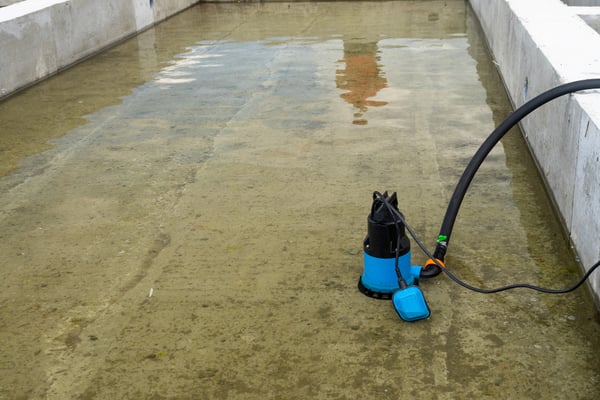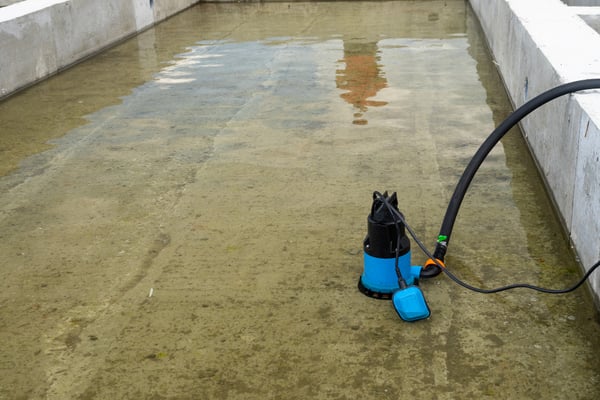Dewatering is the process of removing groundwater and surface water from a construction site. Typically, this procedure is carried out before excavations, or to lower the water table at the site. Dehydration methods can use pumps or evaporation.
Removing water from construction sites is important to protect materials and maintain a safe job site. Most construction sites require dewatering due to the accumulation of water in trenches and excavations.
Our construction management services can help you save time and costs.
Dehydration Tips
Without proper supervision or planning, dewatering can cause soil erosion and other problems on the construction site. Here are some tips to consider when choosing an unloading area:
- Selecting a suitable unloading area is crucial.
- Watch for signs of instability or erosion in the discharge area during dewatering.
- Do not pump water directly onto slopes.
- When possible, dewatering discharge should be directed to a forest buffer zone.
- Channels used for drainage must be stable and protected by vegetation.
- Avoid dehydration in heavy rain.
- Water contaminated with oils, greases or chemicals must be treated before disposal. Never dispose of contaminated water.
- Investigate local permits and requirements for dewatering.
- Analyze groundwater conditions in the project area.

Dehydration methods
The different methods available for dehydration are not interchangeable, as each method has a specific application. For this reason, it is essential to select the appropriate method for a specific soil condition. There are four main dewatering methods used in construction:
- Well point
- Eductor Wells
- Reservoir pumping
- Deep Well
Wellpoint Method
In the wellpoint method, a series of wells are aligned across the excavated area. The wells are connected to risers and these are connected to a common header pipe and a vacuum pump. The water is disposed of off-site, with appropriate treatment to remove contaminants and unwanted materials.
As the wellpoint method uses suction, it is suitable for depths of up to 5 or 6 meters. Deeper drawdown requires multiple well stages.
Eductor Wells
The eductor well method is similar to the well method. The main difference is that eductor wells use high pressure water instead of a vacuum to draw water from the wells. This method uses the Venturi principle:
- High-pressure water circulates through eductors at the base of each well, creating a reduction in pressure.
- The pressure drop pulls water through the riser.
With this method, the water table can be lowered to a depth of 10m to 45m, and multiple pumps can operate in a single station. The eductor well method is suitable when the soil contains low permeability materials, such as clays and silts.
Sump Pumps
Reservoir pumping is the most common method of dewatering, as it basically works by gravity. This method is also the most economical.
Groundwater can flow into the excavation area, where it is collected in pits to be pumped. This method is used in shallow excavation areas where the soil has a high sand or gravel content. If the excavation area is large, this method may use a trench – a long, narrow pit running along the excavation.
Deep Well
Deep well methods utilize boreholes with submersible pumps, lowering the groundwater level below the excavation level. Wells with diameters between 15 and 20 cm are drilled around the excavated area, where groundwater falls under gravity. This lowers the water table, depleting the water table in the excavated area.
Casings are used to retain the wells, along with screens and filters to keep out sediment. This method is suitable for projects where a large amount of water must be removed from the well.
Conclusion
Dewatering is an important consideration for construction managers, especially during the excavation and foundation phase. Uncontrolled groundwater can flood excavated areas, damaging construction materials and equipment. The water can also cause ditches to collapse and flood, threatening construction workers in the area. Selecting a suitable dewatering method based on soil and water table conditions is an important step before groundwork.

